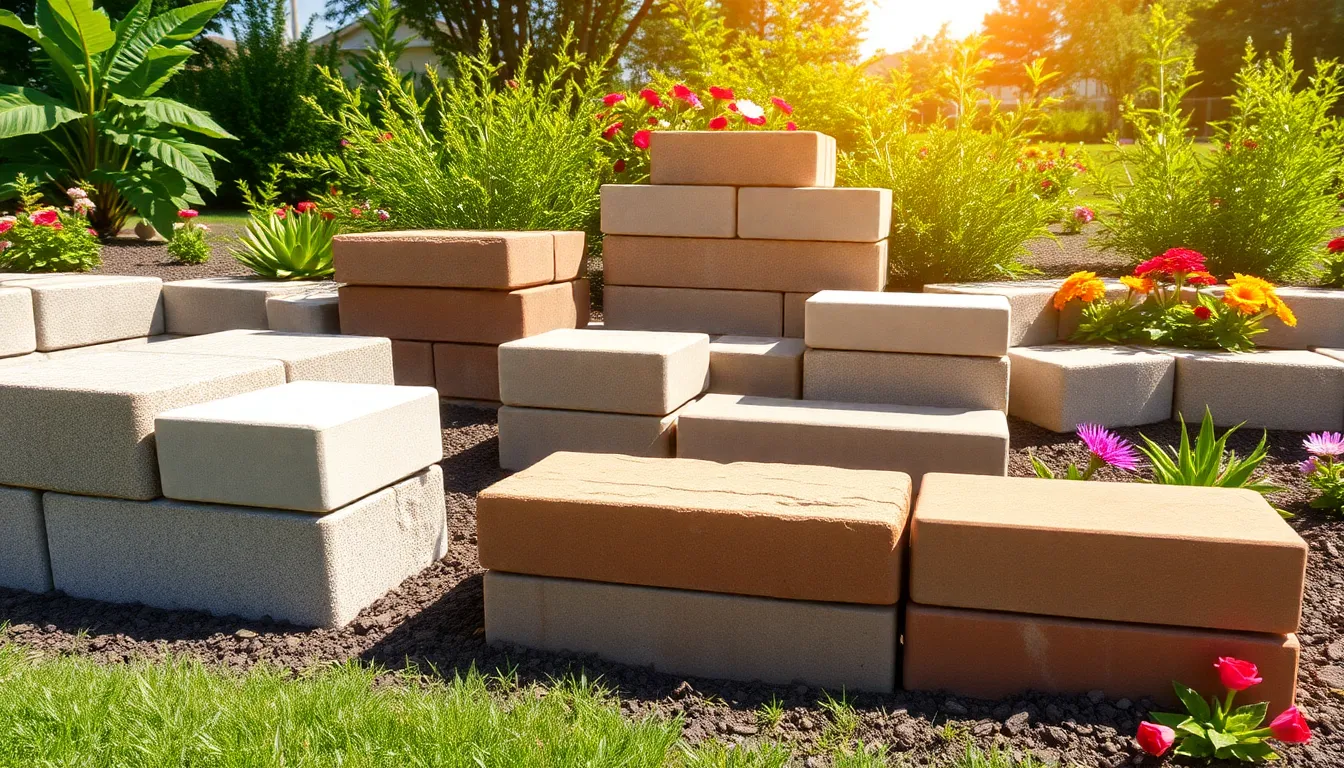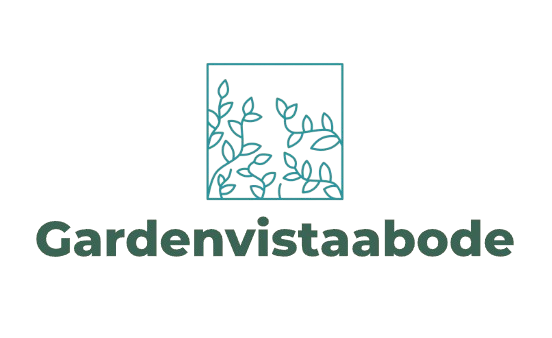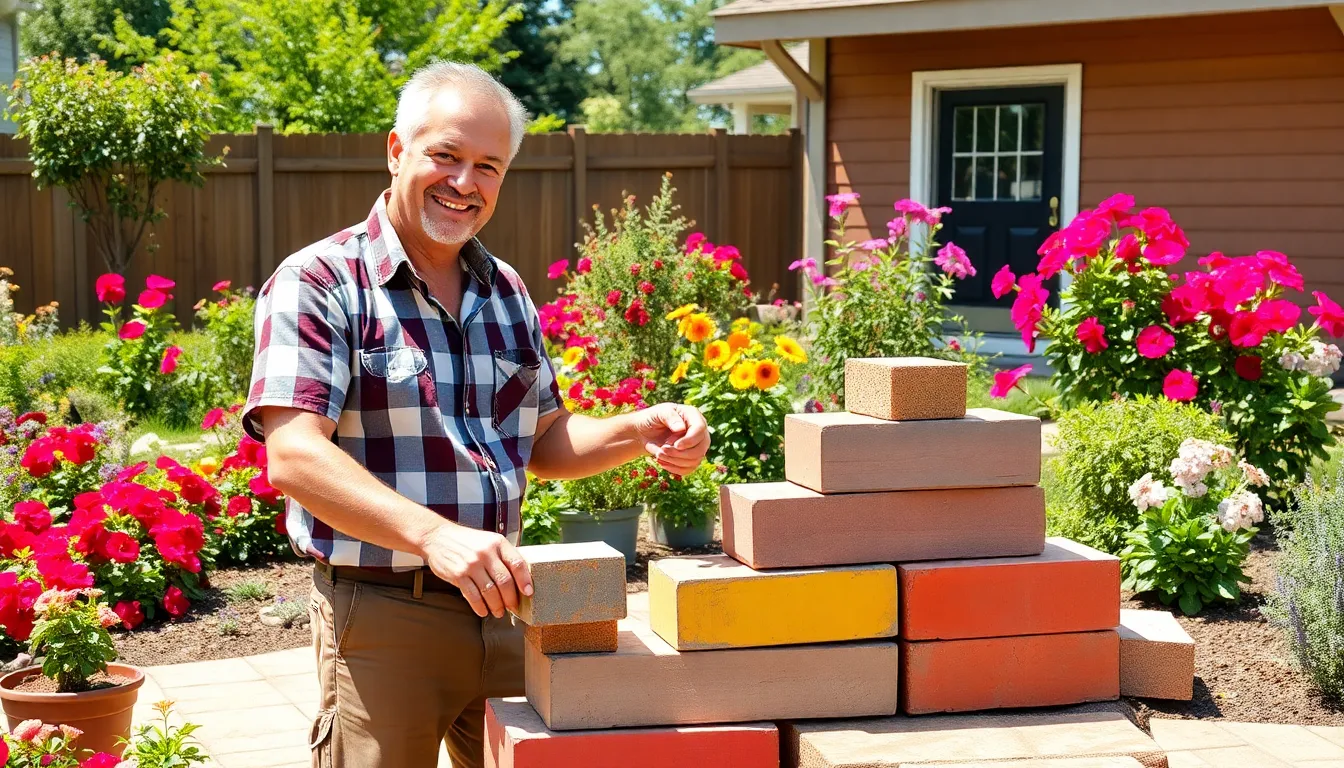When it comes to transforming outdoor spaces, landscaping block is the unsung hero that deserves a standing ovation. This versatile material doesn’t just sit pretty; it’s the backbone of stunning patios, eye-catching garden walls, and those Instagram-worthy fire pits that make neighbors green with envy. If you think landscaping blocks are just a bunch of boring concrete cubes, think again!
Landscaping Block
Landscaping block refers to modular building materials designed for outdoor landscaping projects. Often made from concrete, these blocks offer durability and versatility for various applications. Common uses include constructing retaining walls, edging gardens, and creating patios. Designers and homeowners often choose landscaping blocks for their aesthetic appeal and functional benefits.
Available in different sizes, shapes, and colors, landscaping blocks allow for creative designs. Standard sizes include 8x8x16 inches, but custom options exist. Shapes vary from rectangular and square to more complex forms, enabling unique arrangements. Color options also span neutral tones to vibrant shades, catering to numerous design preferences.
Installation of landscaping blocks involves straightforward techniques. Users typically stack blocks to form walls or patterns, securing them with gravel or sand. Drainage considerations play a vital role in placement. Proper drainage prevents erosion and ensures longevity.
Maintenance of landscaping blocks requires minimal effort. Cleaning surfaces periodically can preserve aesthetics. Sealing blocks or using protective compounds helps guard against staining and weathering.
In residential or commercial settings, landscaping blocks enhance outdoor functionality and beauty. Their adaptability makes them suitable for various landscaping needs. Design possibilities also extend to raised flower beds, planters, and seating walls. Overall, landscaping blocks serve both practical and creative purposes in enhancing outdoor environments.
Types Of Landscaping Blocks

Landscaping blocks come in various types, each serving unique purposes and aesthetic goals. Understanding these types can help in selecting the right material for specific projects.
Concrete Blocks
Concrete blocks are among the most common landscaping materials. They offer durability and strength, making them suitable for various applications. Available in different sizes and colors, these blocks allow flexibility in design. Often used to create patios and garden walls, they provide a solid foundation for outdoor spaces. In addition, they can be easily stacked, which simplifies installation. Concrete blocks hold up well against environmental factors, minimizing maintenance needs.
Natural Stone Blocks
Natural stone blocks add an organic touch to landscaping. These blocks come in various shapes and colors, enhancing visual interest. They provide a timeless look, blending seamlessly with natural surroundings. Natural stones are often used for creating pathways and decorative walls. Their unique textures and patterns make every project distinctive. Furthermore, they offer exceptional durability, resisting weathering and erosion over time. Incorporating natural stone blocks elevates aesthetic appeal while maintaining functionality.
Retaining Wall Blocks
Retaining wall blocks serve specific structural support needs. These blocks are designed to hold back soil, preventing erosion on sloped terrains. Available in varying sizes and designs, they facilitate various styles. Using retaining wall blocks enhances landscape stability while adding visual depth. Engineers specifically design these blocks to withstand pressure from soil, ensuring long-term durability. A well-constructed retaining wall not only preserves the landscape but also offers a beautiful feature. Integrating these blocks into landscaping reinforces both form and function.
Benefits Of Using Landscaping Blocks
Landscaping blocks offer numerous advantages that enhance outdoor spaces. Their functionality and aesthetic value contribute significantly to various landscaping projects.
Aesthetic Appeal
Landscaping blocks provide options for creativity in design. Available in a variety of colors, shapes, and textures, these blocks can complement any architectural style. Garden walls constructed from natural stone blocks exude elegance and charm. Patios made from interlocking pavers create inviting outdoor living spaces. Unique arrangements showcase personal taste and elevate the overall appearance of landscapes. The visual diversity allows homeowners and landscapers to craft distinctive environments reflecting individual preferences.
Durability
Durability characterizes landscaping blocks, making them a smart choice for outdoor projects. Concrete blocks withstand harsh weather conditions, avoiding cracks and degradation over time. Natural stone blocks resist wear and remain visually appealing long term. These robust materials require minimal maintenance, ensuring they retain their structural integrity. Resistance to pests and rot enhances their longevity, making them ideal for various applications from retaining walls to pathways. Homeowners enjoy peace of mind knowing their investments stand the test of time.
Versatility
The versatility of landscaping blocks caters to multiple landscaping needs. Constructing a retaining wall benefits from blocks engineered for structural support. Edging garden beds or creating steps enhances functionality and visual appeal. Fire pits constructed from heat-resistant blocks provide safe and enjoyable outdoor gathering spots. Pathways crafted using various block shapes facilitate movement through gardens and yards. Homeowners and landscapers can adapt these materials to suit diverse projects, ensuring every outdoor space reaches its full potential.
Tips For Installing Landscaping Blocks
Successful installation of landscaping blocks requires attention to detail and proper planning. Consider the following crucial steps for optimal results.
Preparing The Site
Clear the area where landscaping blocks will go. Tools like shovels and rakes help remove debris, grass, and weeds. After clearing, compact the soil to create a stable base. Measure the space carefully to ensure the block layout fits perfectly. Proper drainage checks are vital to prevent water accumulation, which could erode the installation. Leveling the ground ensures even placement of blocks, preventing future shifting or settling.
Choosing The Right Blocks
Selecting appropriate blocks influences the project’s durability and aesthetics. Concrete blocks are commonly chosen for sturdy applications, while natural stone blocks offer unique textures and natural beauty. Check the color and shape options available to complement the overall design of the landscape. Consider the weight and size of the blocks, as this affects transportation and ease of handling. Consulting local regulations may help in selecting blocks suitable for structural needs.
Installation Techniques
Employ effective techniques for a successful installation process. Begin with laying a base of gravel or sand for drainage and stability. Stack blocks tightly, ensuring they fit snugly without gaps. Use a level frequently to maintain straight lines and even surfaces. For retaining walls, stagger the joints between layers for extra strength. Incorporate a wooden or metal border around the blocks if desired. Completing the project with landscaping fabric helps prevent weed growth while allowing water drainage.
Conclusion
Landscaping blocks are a game changer for outdoor spaces. Their versatility and durability make them a go-to choice for homeowners and landscapers alike. With an array of colors and styles available, these blocks enable creative designs that enhance any landscape.
Whether it’s building a sturdy retaining wall or creating an inviting patio, landscaping blocks provide both functionality and aesthetic appeal. Their straightforward installation process and minimal maintenance requirements further add to their attractiveness.
Investing in landscaping blocks not only elevates outdoor environments but also ensures lasting beauty and structural integrity. Embracing these materials can transform any landscape into a stunning and practical retreat.

